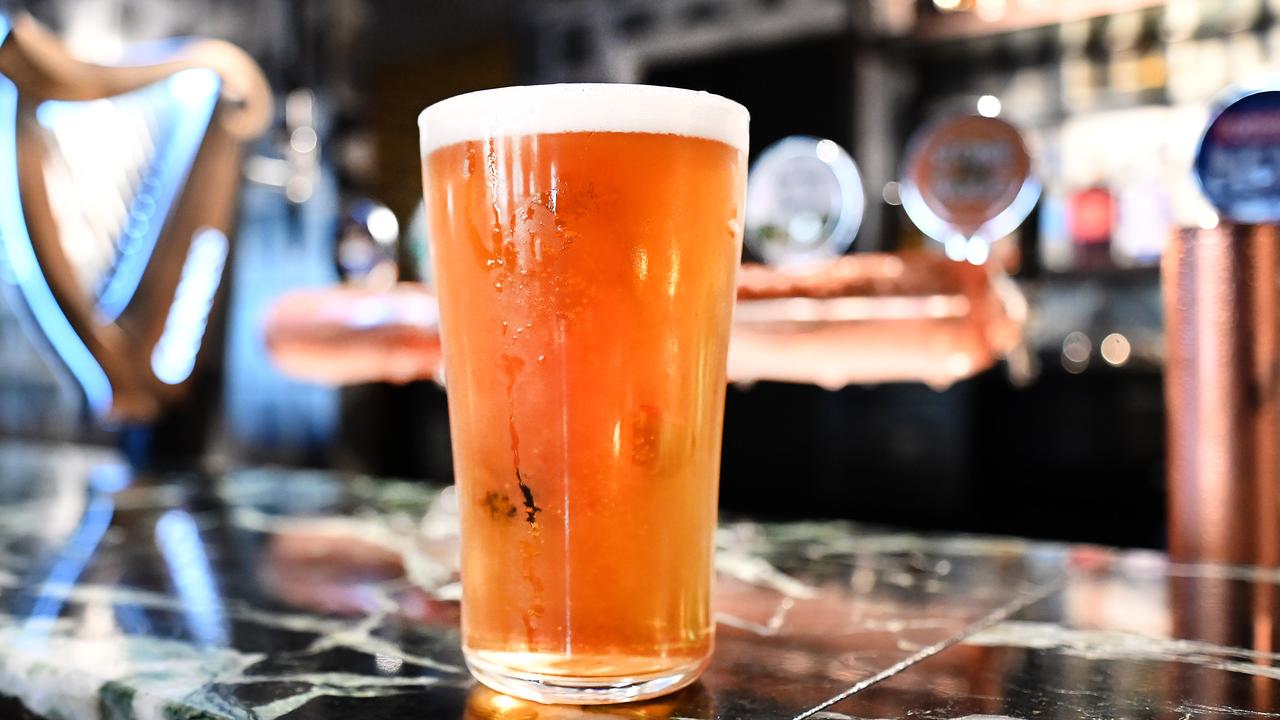Inside Barbie’s huge retail power, from boosting demand for Versace to Australian fashion retailers
Barbie-mania is spilling into sales, as the Margot Robbie-led movie causes a massive spike in fashion searches and retail spending.
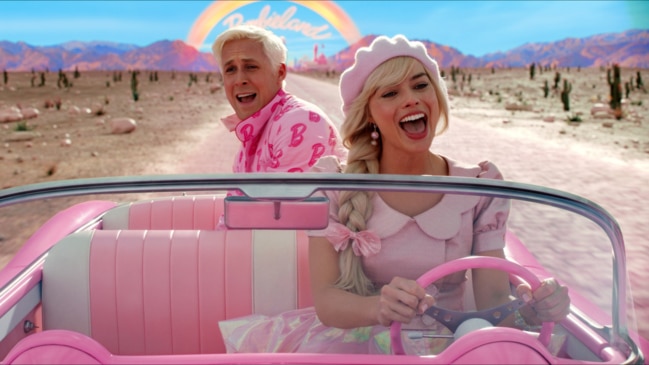
Lifestyle
Don't miss out on the headlines from Lifestyle. Followed categories will be added to My News.
Barbie-mania is spilling into sales, as the Margot Robbie-led movie cuts through to the mainstream with a spike in fashion searches and purchases.
After raking in $21 million on its opening weekend in Australia, the blockbuster film based on the Mattel brand is having a huge retail impact – and it’s showing no sign of stopping now that the Hollywood film is out.
Globally, searches for pink pieces on trend forecaster Lyst have increased 24 per cent year-on-year. Google interest in the term “Barbiecore” has is up 335 per cent worldwide since May.
Data scientist Lapuerta reported Versace used Barbie-esque pink in 20 per cent of its collections this year, with Versace the brand most frequently worn by Robbie during the Barbie press tour, 18 per cent from Chanel and 18 per cent from Valentino.
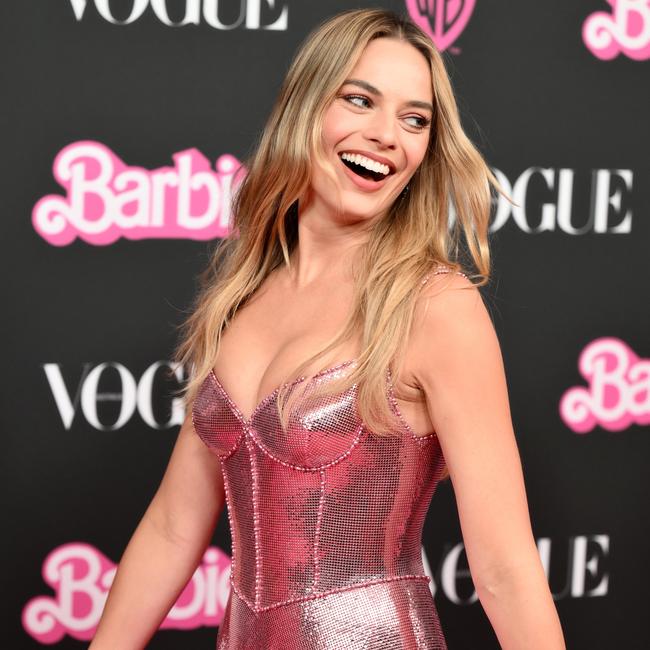
Robbie’s custom Schiaparelli outfit, worn to the world premiere in Los Angeles earlier this month, was said to have generated a “media impact value” of more than $US2.1 million ($A3.1 million), Launchmetrics said, according to US Vogue.
“While it could be seen mainly as a youth-driven, OTT trend, it does impact the wider market,” says Sarah Maggioni, head of womenswear at trend forecasting agency WGSN.
Australian Retailers Association chief industry affairs officer Fleur Brown said the “Barbie effect” was in full force in the Australian retail scene.
“The Barbie movie’s extraordinary popularity has delivered retail benefits across multiple product and fashion lines,” Brown said.
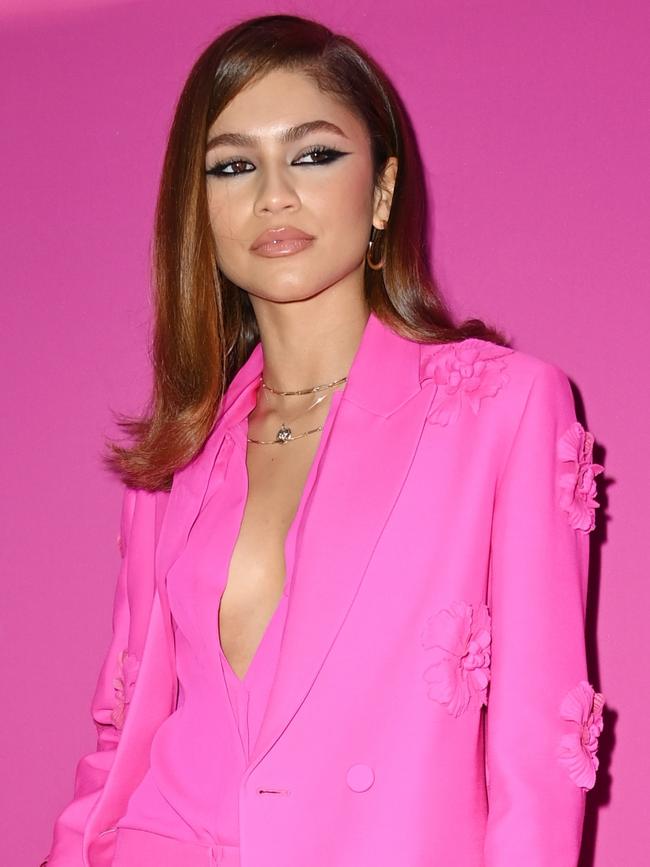
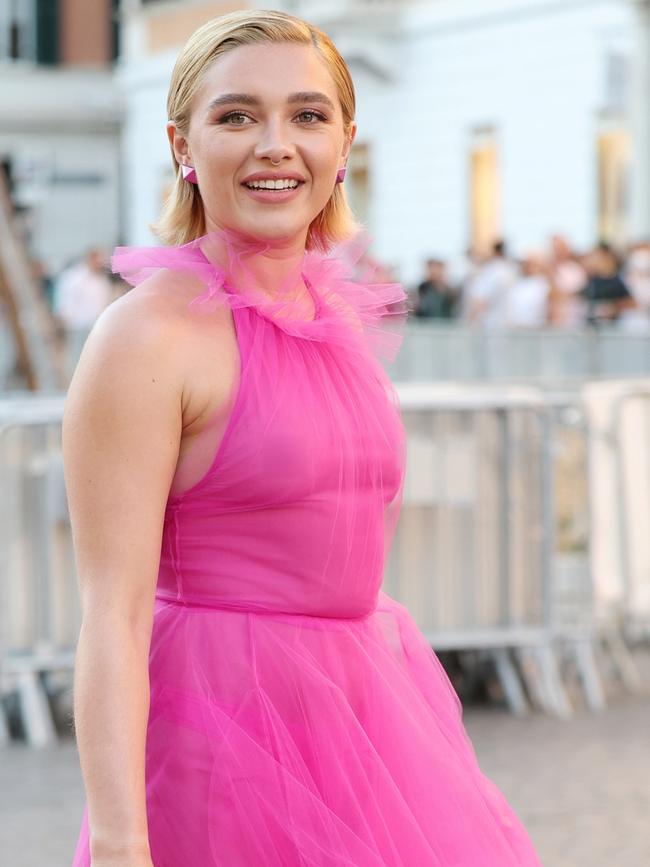
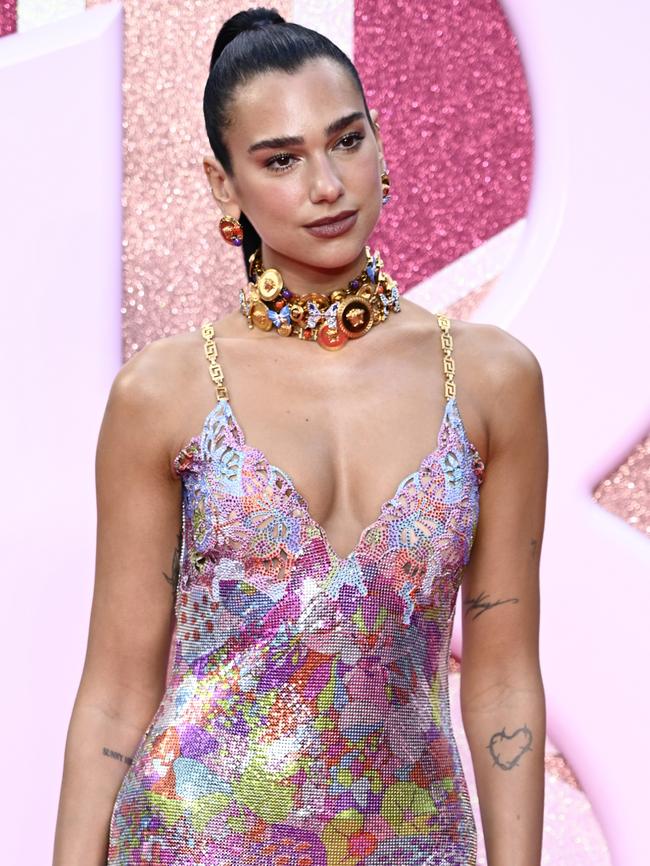
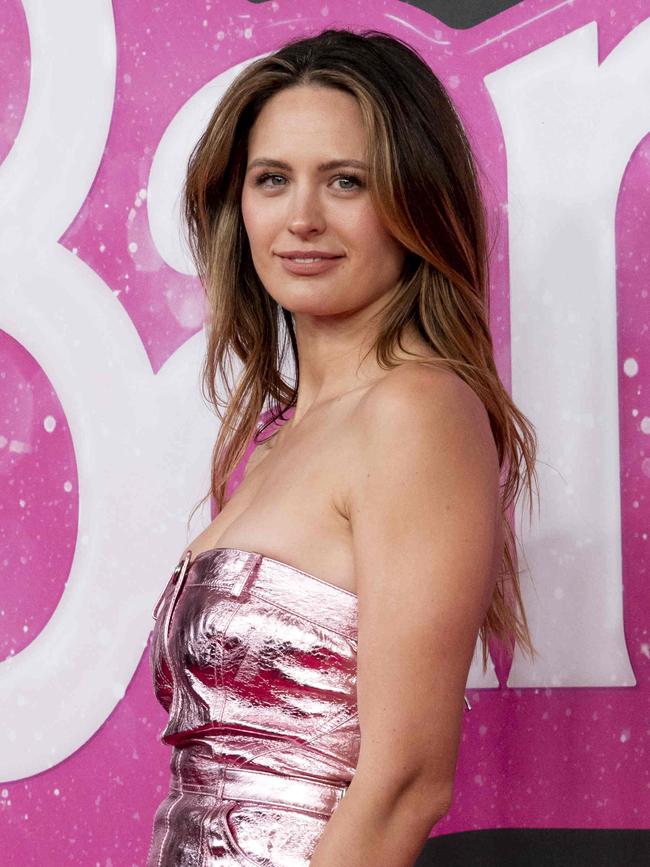
“Barbie is a great example of a brand reinvigoration, which has benefited from a surround sound marketing campaign across the launch of the film. Every marketing lever
has been pulled, successfully.”
She said the spike in demand for Barbie-like pink was a direct result of the movie’s huge popularity.
“Naturally, the release of the film has sparked increased popularity in the colour pink.
“While pink certainly isn’t for everyone, this current trend demonstrates that it remains extremely popular as a bold and fun fashion choice.”
While Brown said the staying power of Barbie’s fashion and retail impact wouldn’t be known for some time, “there’s no underestimating the power of a comprehensive marketing campaign and a box office hit”.
Shannon Thomas, founder of Australian fashion retailer désordre – known for its Barbie-core aesthetic even before the movie started influencing trends – said Barbie was heavily influencing fashion spending habits.
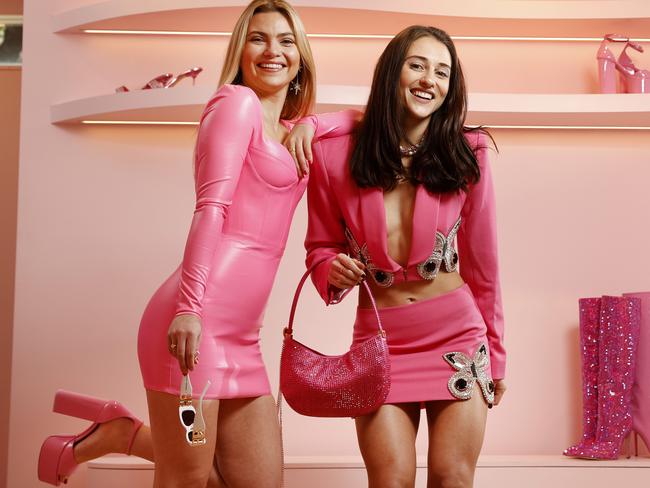
“The Barbie-core, pop culture “trend” is always a relevant look for us. Most of which have been pink and mini,” Thomas – who operates stores in Melbourne, Sydney and Brisbane – said.
“Despite its current [popularity], Barbie-core is always relevant. From Barbie, Romy & Michelle’s High School Reunion, to Mean Girls and Clueless … it’s here to stay.”
Ms Thomas said there had been a “surge” in demand for Barbie-esque outfits since the movie was released, especially via brands Magda Butrym, Fannie Schiavoni, Paris Texas and Australia’s Alex Perry, which have been heavily influenced by Robbie’s Barbie.
Ms Thomas foresees Robbie’s Barbie having a fashion impact well into the Australian spring/summer. “It’s already transitioning. I foresee a very Barbie Australian summer by the beach,” Ms Thomas said.
Originally published as Inside Barbie’s huge retail power, from boosting demand for Versace to Australian fashion retailers




